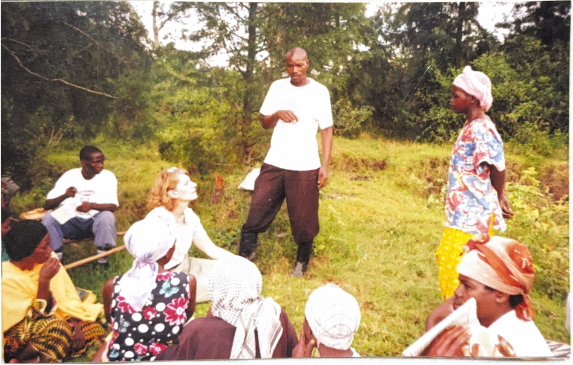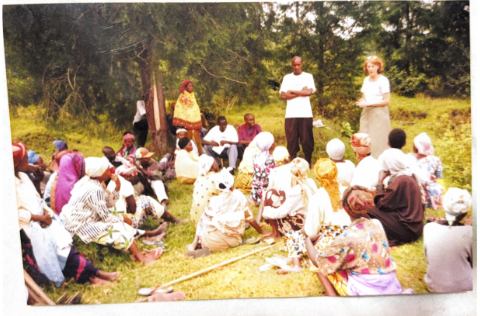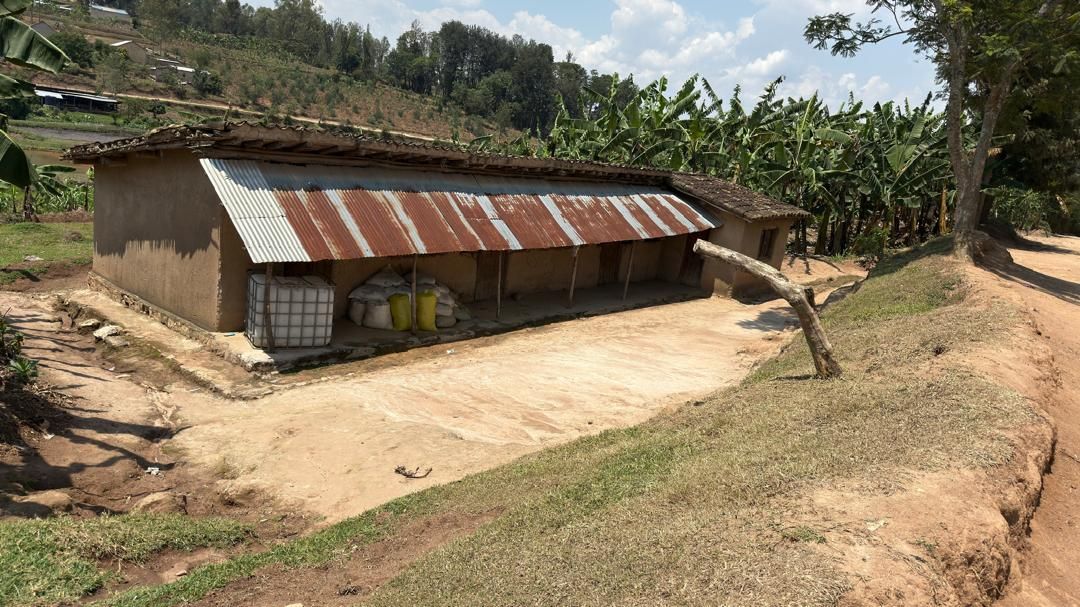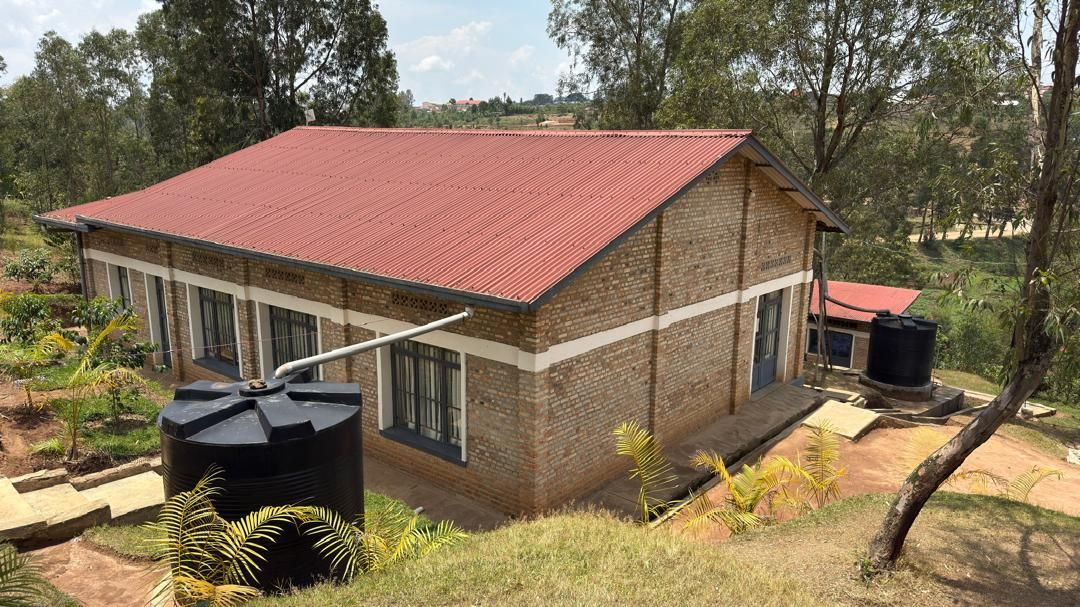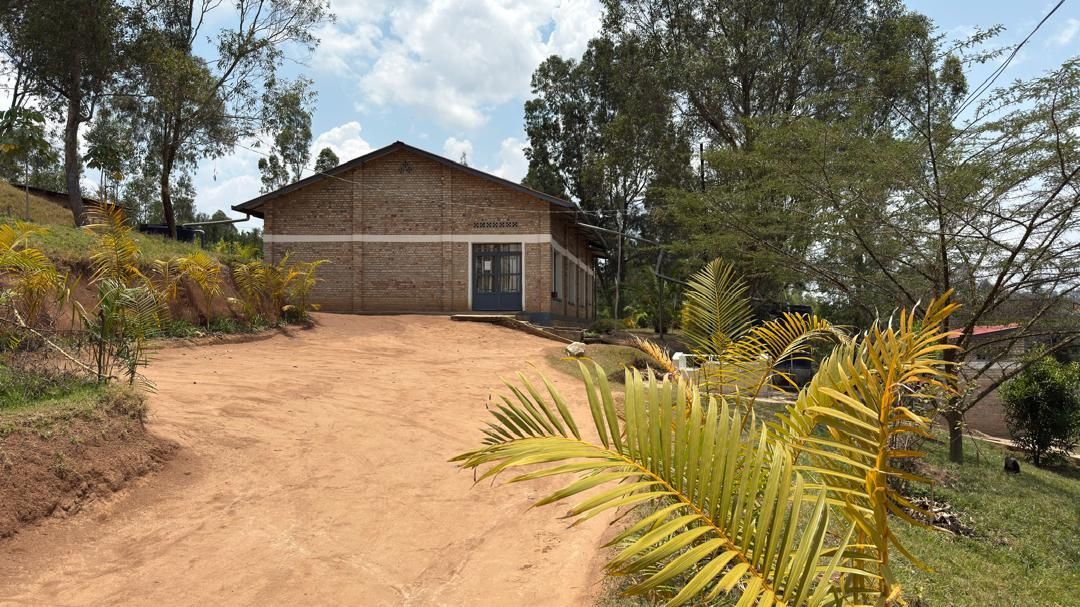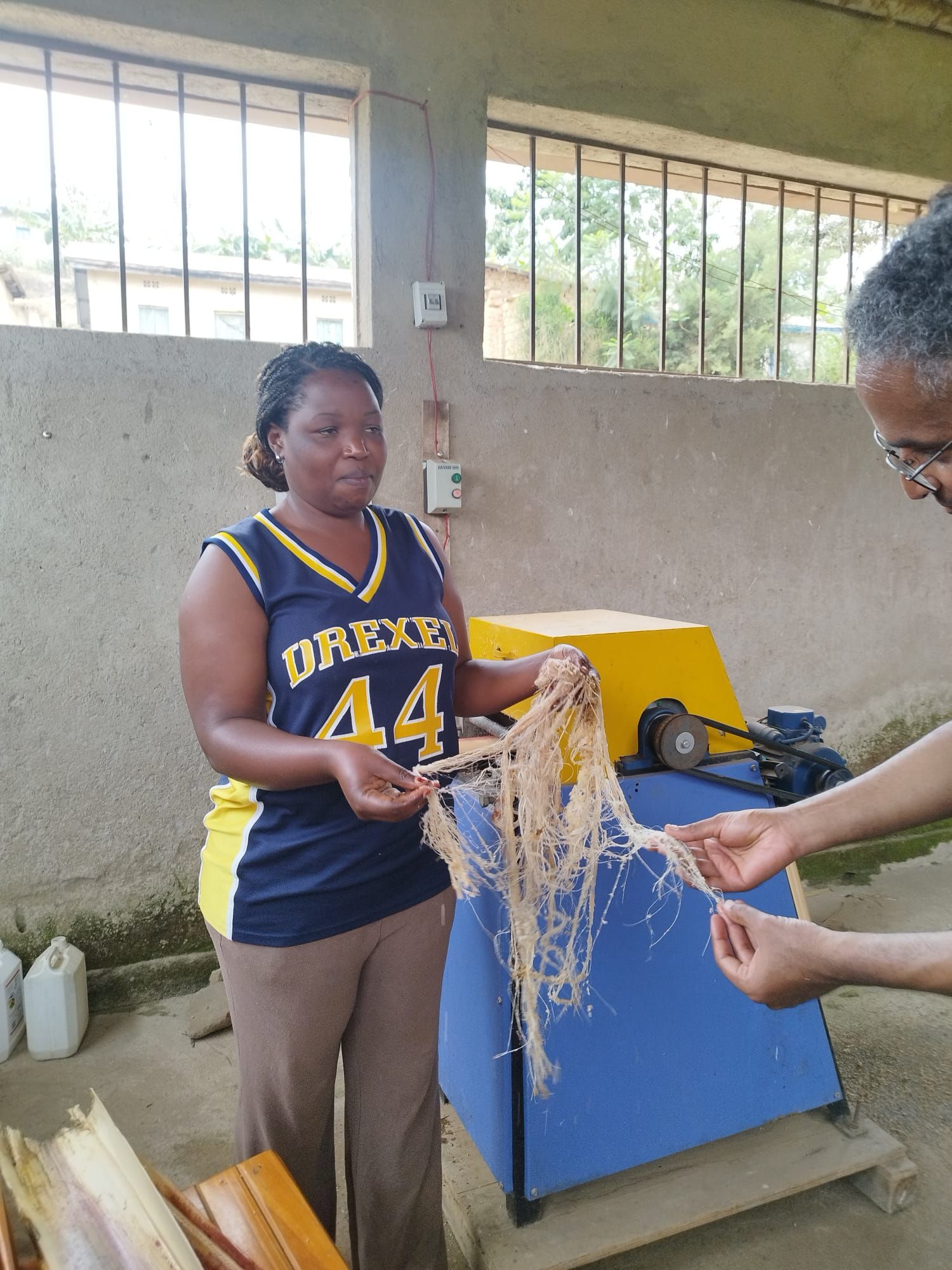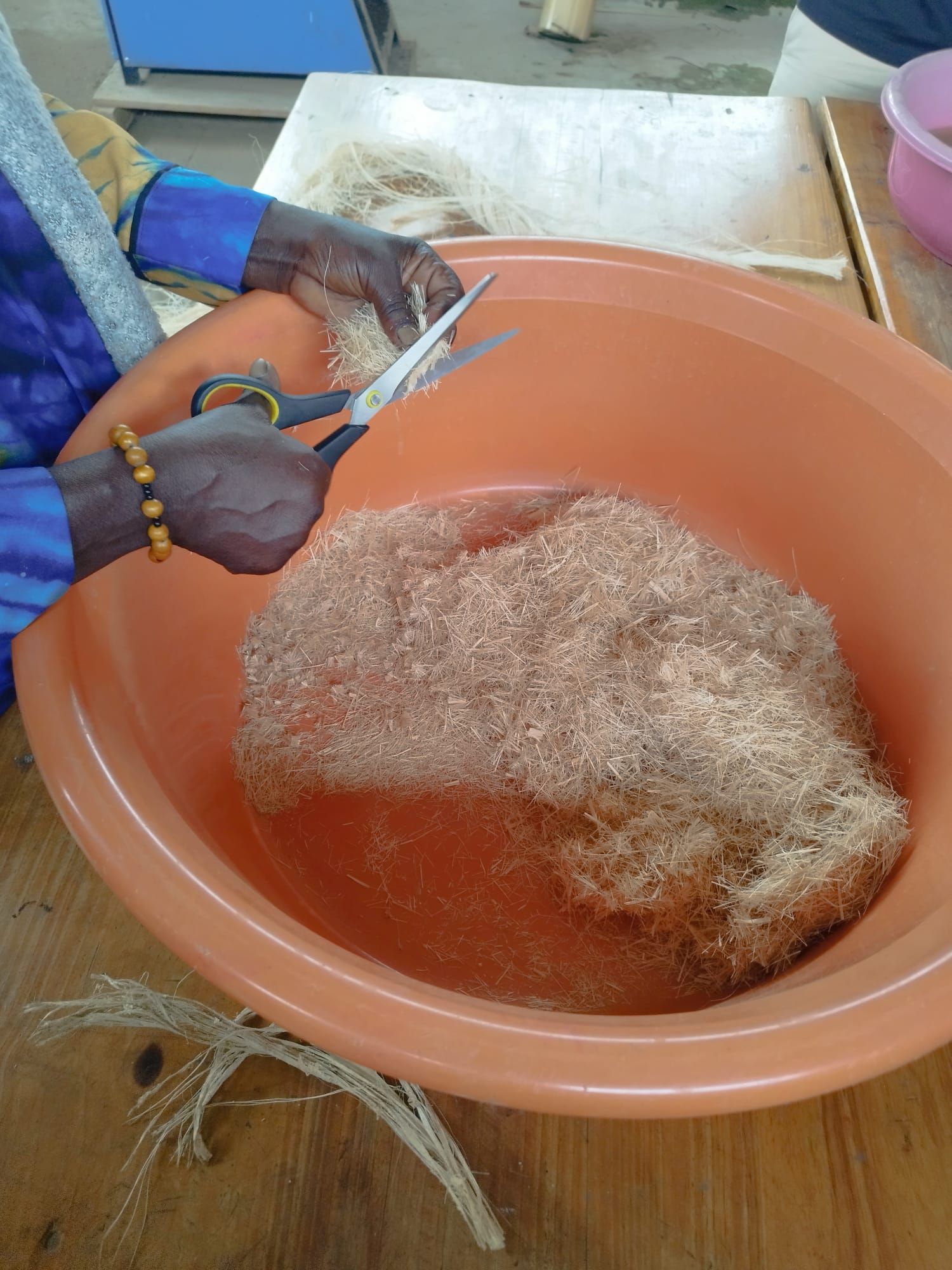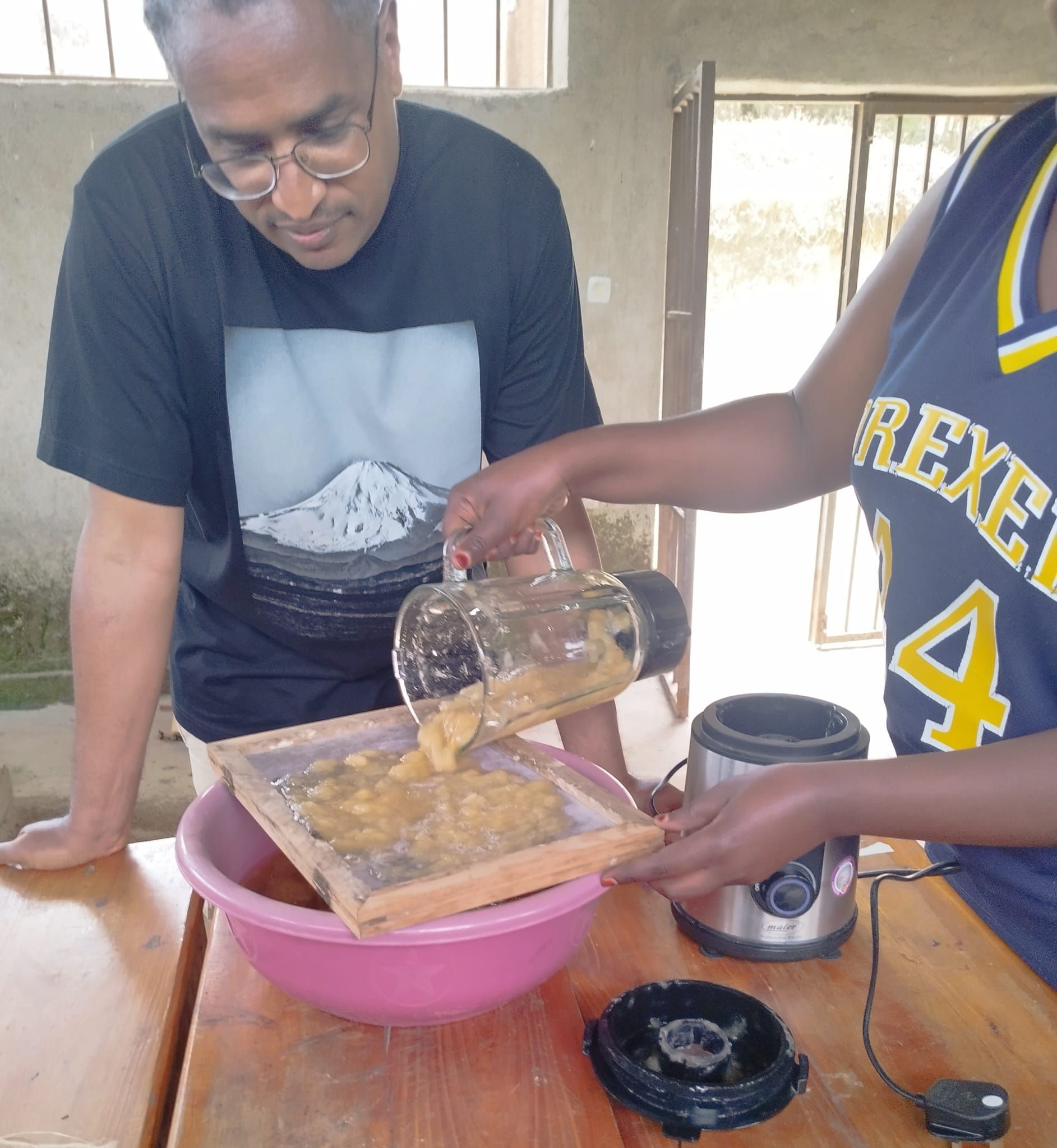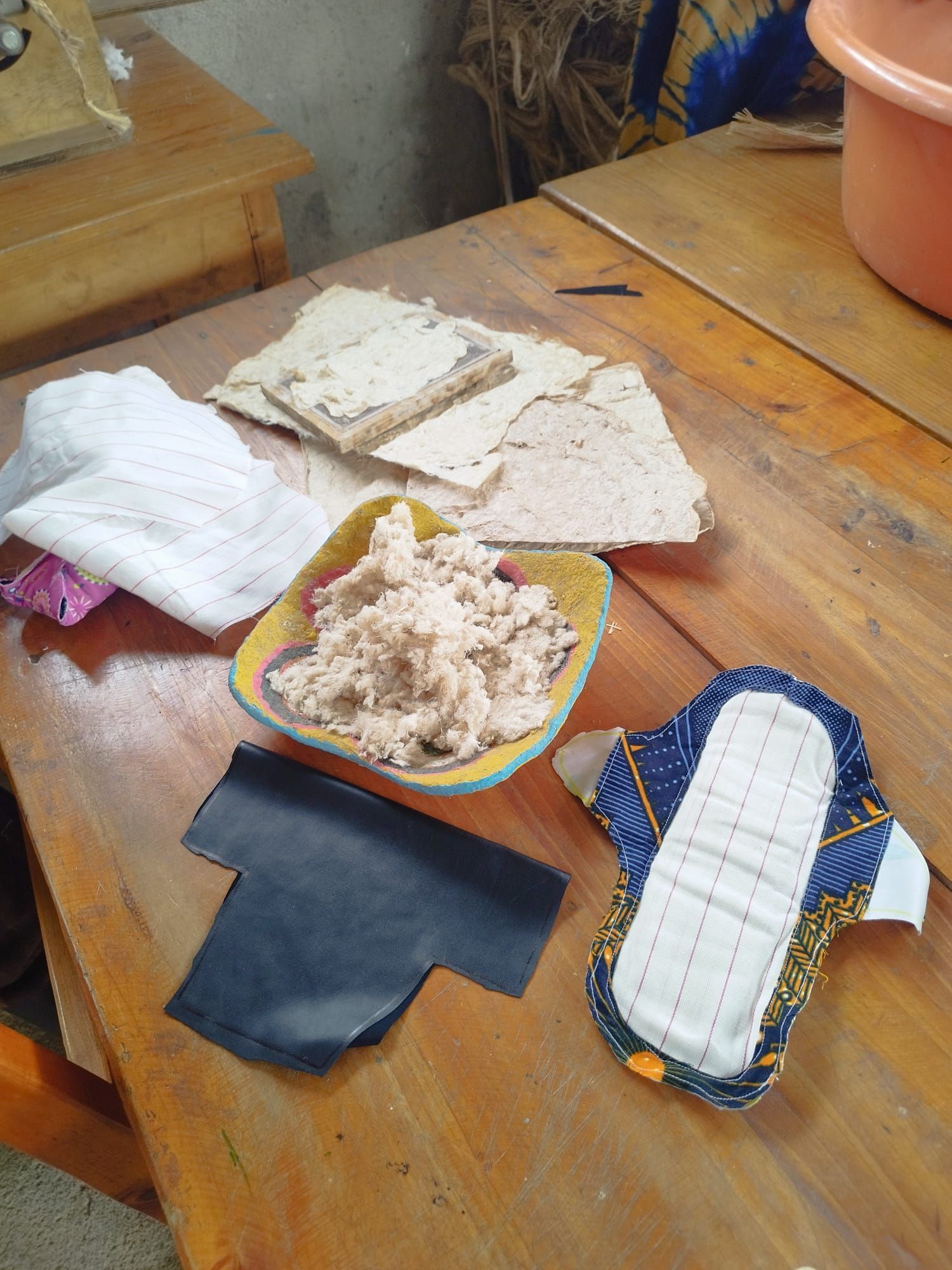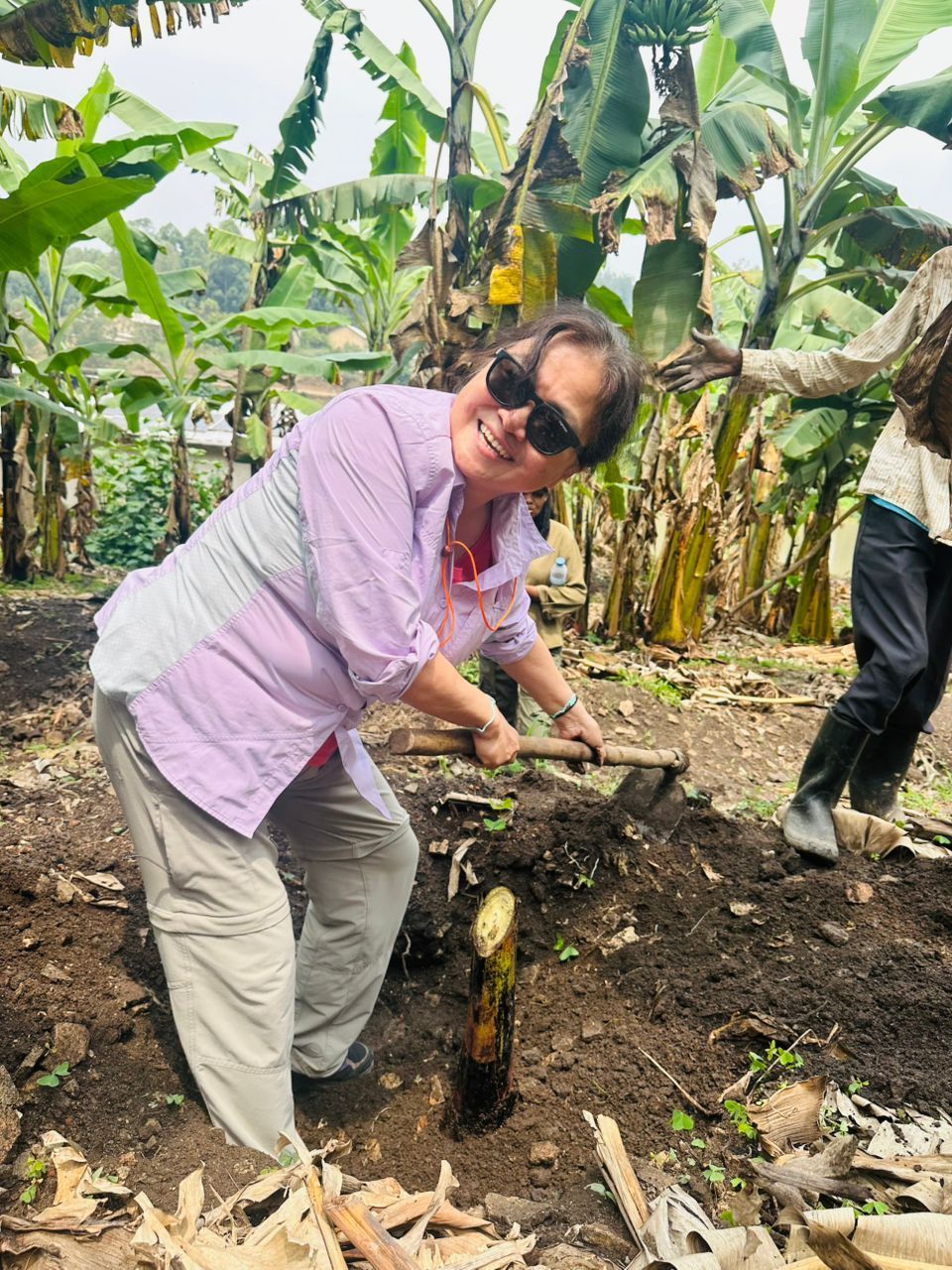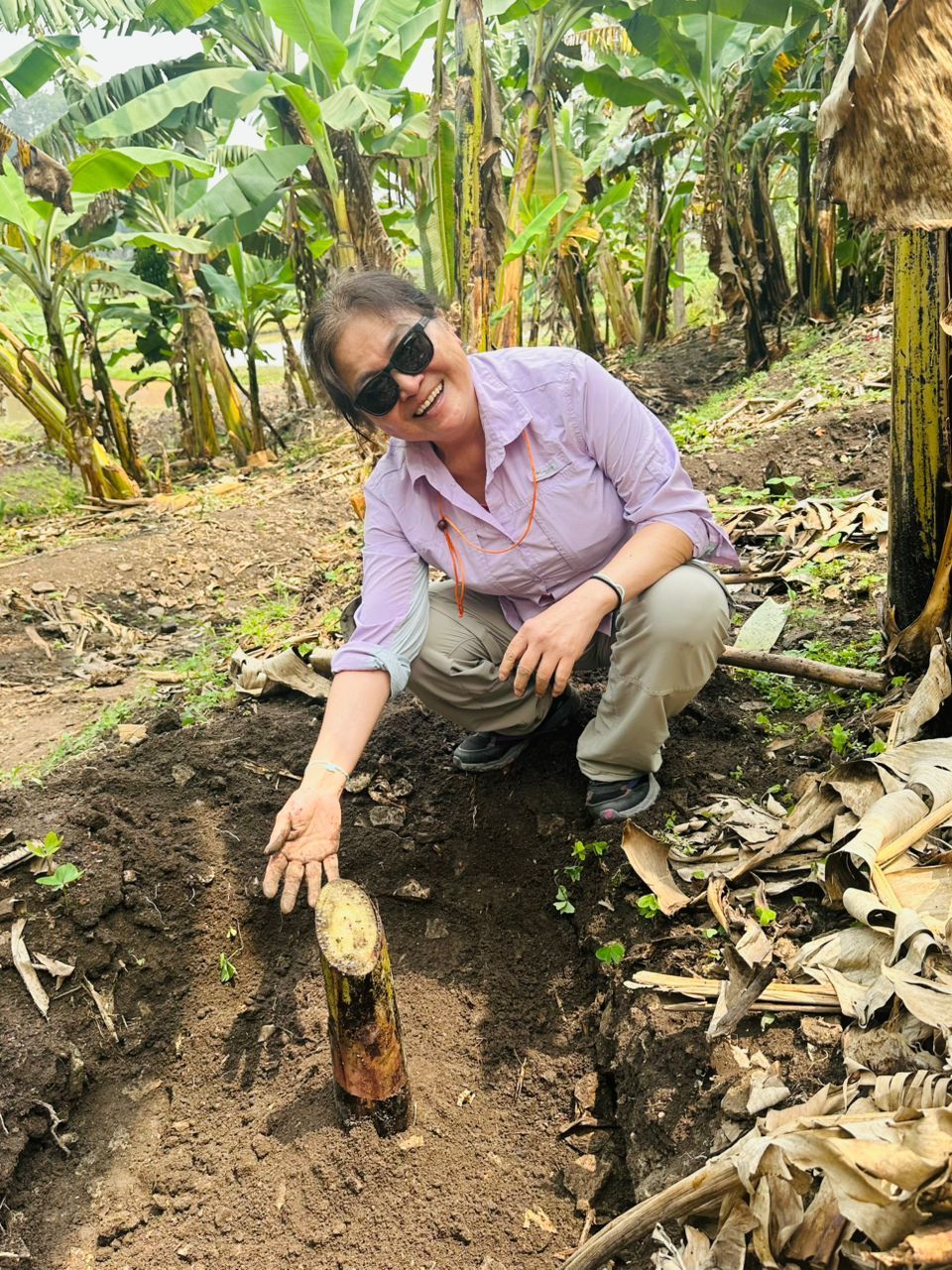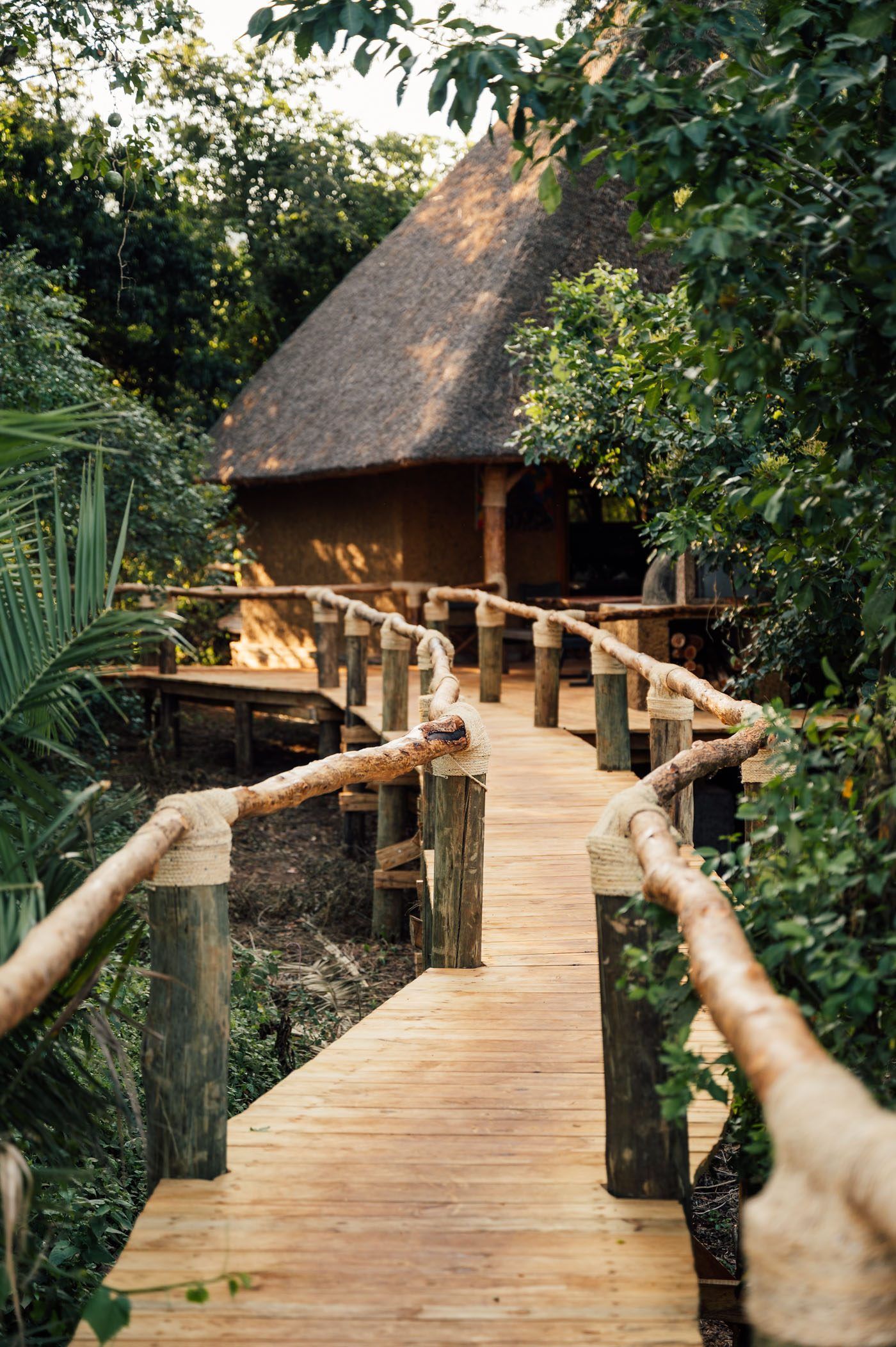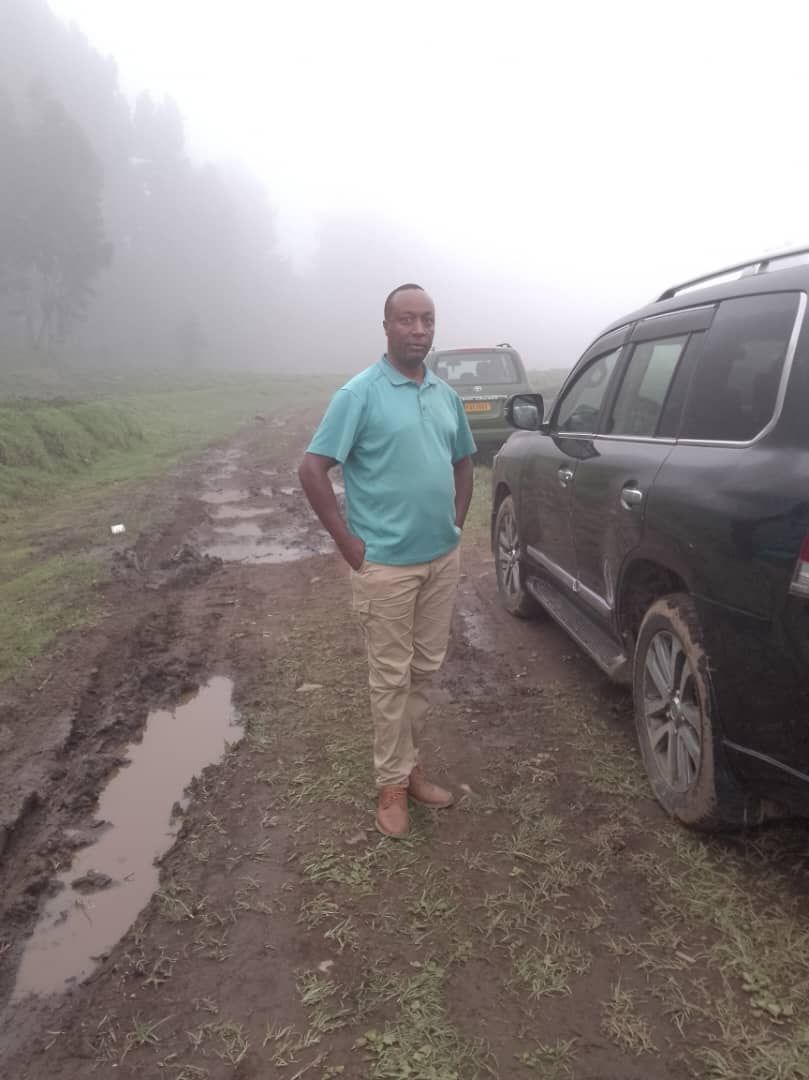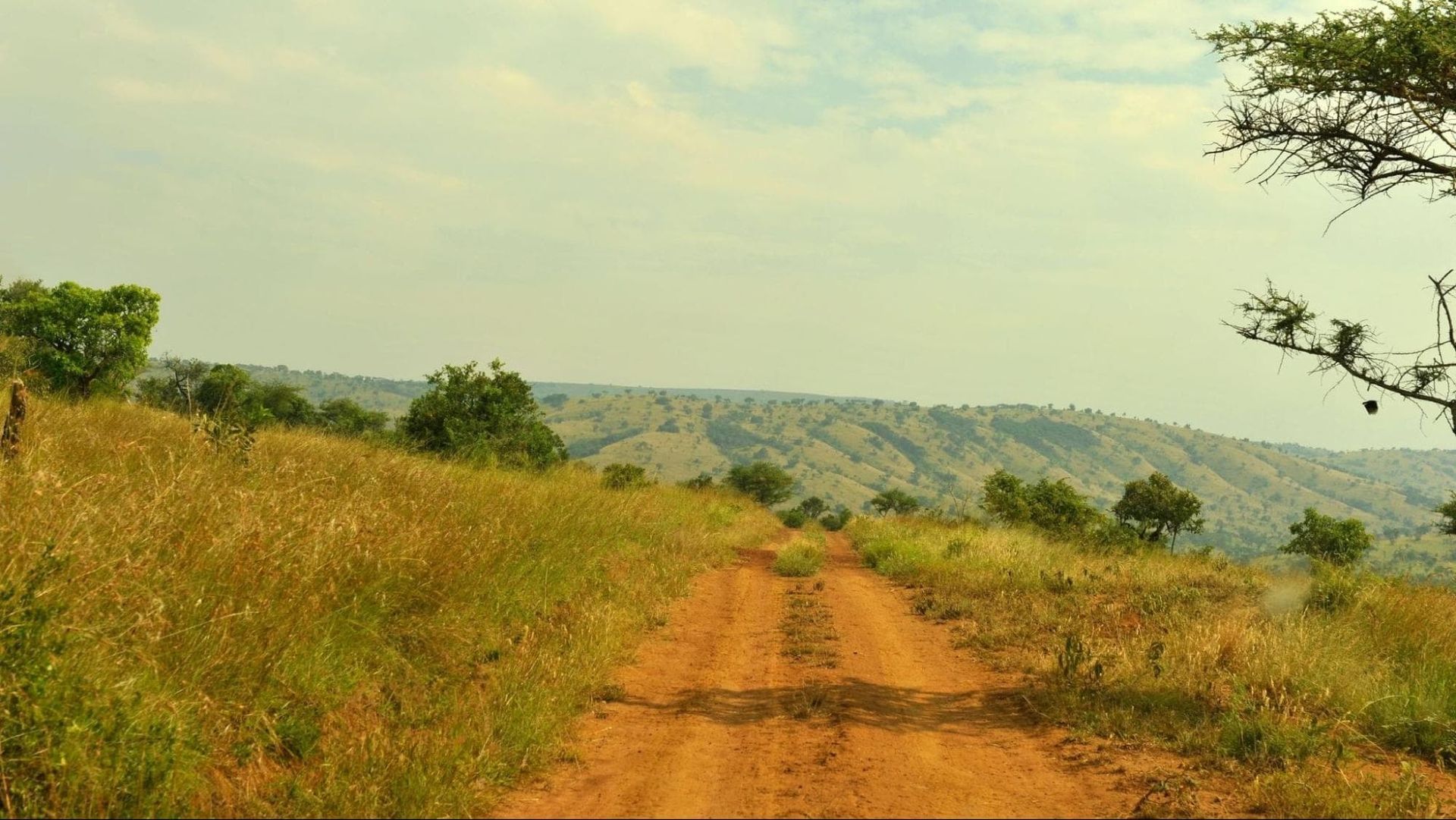What Nyanza Really Is (And Why the Guidebooks Got It Wrong)
How one man and two women under a tree transformed waste into hope - and why this community tourism experience beats any palace tour
Most travelers on Rwanda cultural tours visit Nyanza expecting one story - the grand tale of Rwanda's ancient kingdom and the reconstructed palace. But when you actually get there, Nyanza tells a completely different story. One that most guidebooks miss entirely.
The Return That Changed Everything
Godfrey Karema had spent years in Uganda dreaming of returning to Rwanda - the land of milk and honey his parents had described. In 1994, he finally made it home.
There was no milk. There was no honey. There was barely a society left to return to.
The genocide had ended, but what remained was a country where neighbors couldn't look at each other. Where the very idea of community felt impossible. Where trust had been buried alongside nearly a million people.
And then there was the HIV crisis - devastating a population already broken by unimaginable trauma.
Most people would have turned around and gone back to Uganda. Godfrey looked at the devastation and saw something else: work to be done.
The Village That Had Stopped Being a Village
In Busasamana village, Godfrey found people who had stopped being neighbors. The social fabric that holds a community together had been shredded. Trust was a luxury no one could afford.
When he started talking about kitchen gardens and nutrition, about using organic waste to restore the soil, the villagers thought he must be dreaming. Or worse - completely mad.
Why would they listen to this outsider talking about hope when hope had proven so dangerous?
One by one, they walked away from his ideas. Until only two women remained, sitting under an acacia tree, willing to hear what this crazy man had to say.
That tree is still there today, right at the entrance to what became the Village of Hope.
From Two Women to Fifty Thousand
Those two women decided to trust the crazy man under the tree. They started small - tiny kitchen gardens behind their homes, following Godfrey's instructions about composting waste, about treating every scrap as potential nourishment for the soil.
When their first vegetables came in bigger and healthier than anything they'd grown before, something shifted in Busasamana. Neighbors who had been watching from a distance started asking quiet questions. How did their tomatoes get so large? Why were their beans so abundant?
One kitchen garden became two. Two became five. Soon, people who hadn't spoken to each other since 1994 were sharing seeds, comparing composting techniques, talking about soil restoration.
The crazy man's ideas were working. But more than that - people were talking to each other again.
By 2020, that conversation under the acacia tree had grown into something extraordinary. What started as two women with kitchen gardens had become a network of sustainable farms across the village.
Every piece of waste had found a purpose. Cow urea was growing the biggest bananas you've ever seen. Dung powered biogas systems and enriched the soil. Even flies were put to work - their maggots feeding fish in carefully managed ponds. Banana stalks became fiber for reusable sanitary pads.
Then COVID hit, and Rwanda went into lockdown.
While the world worried about food security, the Village of Hope was feeding 30,000 people. Twenty thousand. From a project that started with two women who were willing to sit under a tree and listen.
This isn't your typical Rwanda cultural experience - it's something far more powerful
What You'll Experience When You Visit
When you arrive at Dufatanye, you're welcomed by the Women Environment Action group. The women here were taught by a visitor from India how to turn waste into beautiful souvenirs. Paper waste becomes papier-mâché containers held together with cassava glue. Plastic bottles are transformed into painted figurines. Mango and avocado seeds are flattened, curved, and painted into beautiful jewelry.
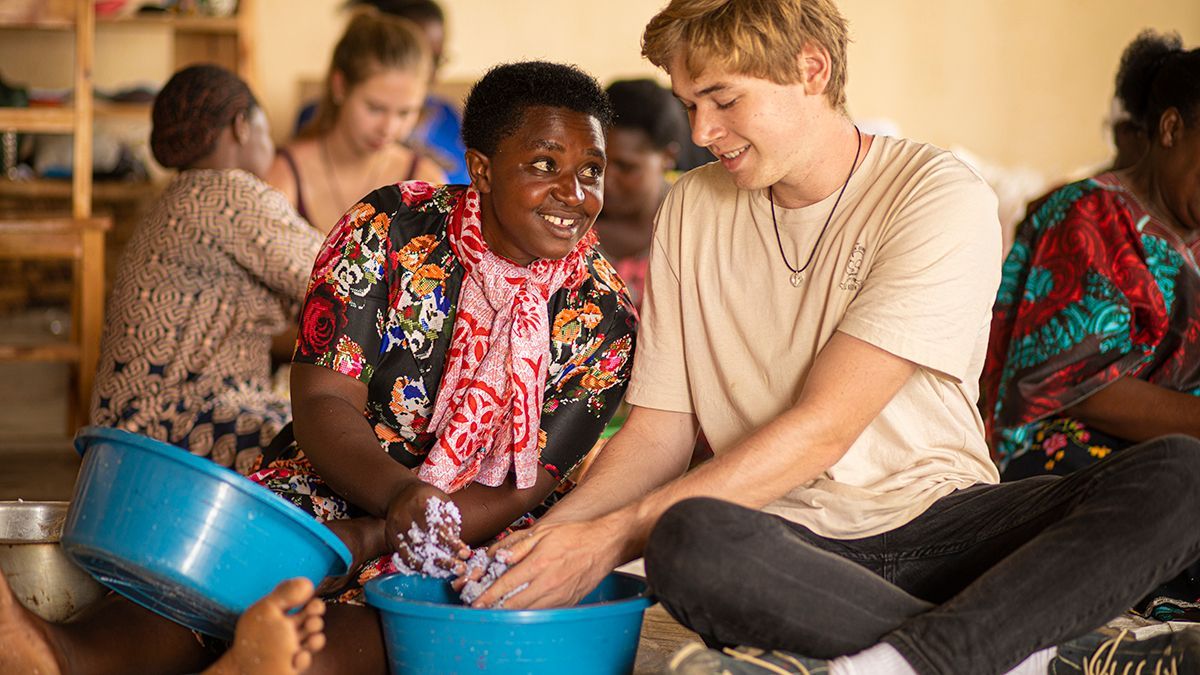
These techniques came from a visitor from India who taught the women how to see waste as raw material. But what looks like a simple craft workshop is actually delivering something much deeper.
For women who had lost trust in their neighbors, who had stopped believing in community, this workshop became a place to gather again. To pour themselves into meaningful work. To remember what it felt like to create something beautiful together.
And here's what makes this Rwanda cultural tour different from typical tourism sites: visitors don't just observe and leave. They teach. They share techniques. They contribute skills that continue improving lives long after the tour bus drives away.
You walk past the children's playground - active with workshops and games during weekends and holidays - to visit a Village of Hope member at their home. Here, surrounded by their thriving kitchen garden, they'll tell you their personal story. How they joined. What their life was like before. What's changed since.
Then you enter the reusable pad workshop, where waste becomes dignity. Umutoni Jolly, the technician, guides you through each step as banana stalks - normally thrown away - are stripped into fibers. Kitchen blenders, repurposed from their original use, refine the fiber into cotton-like balls. A paper cutter slices them into perfect pieces. Every tool has been ingeniously adapted for this new purpose.
But this isn't just about clever recycling. Before these pads, girls in the village missed school during their periods. Their mothers couldn't work their farms. What started as a waste management project became something that restored dignity and opportunity.
In Rwanda, girls perform as well as boys in primary school - until puberty hits. Then attendance drops. Performance suffers. Many drop out entirely, leading to teenage pregnancies and cycles of hardship.
Here in the Village of Hope, that cycle is being broken with banana stalks and repurposed blenders.
Then you meet Charles Karengambo, the banana technician, and his passion is absolutely contagious.
With scientific precision and genuine excitement, he walks you through every detail of banana cultivation. The exact depth to dig the hole. How to position the stock for maximum yield. The spacing that guarantees the healthiest growth.
But Charles doesn't just explain - he hands you a shovel.
You'll plant your own banana tree, getting your hands properly dirty while John guides every step. This tree will be ready to harvest in a year, whether for eating fresh, cooking, or even brewing banana beer.
As you brush the soil from your hands, John promises to send you a photo of your banana tree in twelve months. And knowing John, you can be absolutely certain of two things: the photo will arrive, and he'll be grinning ear to ear in it.
Next, you visit the fish ponds, where the ingenuity reaches new levels. Rabbit houses are positioned directly above the ponds so waste drops straight down to feed the fish. But that's not the only protein source.
At the maggot farm, you'll witness something most people never imagine: the complete lifecycle of flies being managed as livestock. Maggots become fish food, while the organic matter they produce helps restore barren land in neighboring villages - land that chemical fertilizers have destroyed and that takes two years to become productive again.
The maggot workshop demonstrates every stage, from egg to pupae. Here, you finally understand: absolutely nothing on this farm goes to waste.
Then comes lunch - and this is where the experience becomes unforgettable.
Following ancient Rwandan farming tradition, an earthen stove has been prepared. Cassavas, yams, corn, and sweet potatoes slowly bake underground while the farmers work. You join them under a tree as they unearth your meal from this natural oven.
Fresh milk, fruit picked moments ago, vegetables still warm from the soil. This is organic food in its truest sense - naturally prepared from start to finish.
As you share this meal with Charles, Jolly, your guide, Saidath and the other farmers you've met, one thing becomes crystal clear: their absolute love for what they do is as infectious as their innovation.
The Palace Reality Check
After lunch, you can visit the traditional draw - the Royal Palace Museum. You'll see Rwanda's first modern royal palace and a replica hut showing how ancient kings lived. The graceful long-horned Inyambo cattle are genuinely spectacular.
But here's what no other tourism site will tell you: the palace alone doesn't justify a 5-6 hour round trip from Kigali and the associated costs.
The Village of Hope does.
If you're already in Nyanza for the village experience, absolutely visit the Royal Palace - it's interesting and provides valuable cultural context. But make the Village of Hope your primary reason for coming.
This is where Nyanza's real story lives. Not in the reconstructed past, but in the rebuilt present. Not in how ancient kings solved problems, but in how modern survivors transformed waste into hope.
Planning Your Visit:
Full Day Experience: The complete Nyanza experience starts with a 9km gradual hike up Remera Hill for panoramic views, followed by the Village of Hope tour (the main highlight), and finishes at the Royal Palace before returning to Kigali.
Extended Stay: Two-day tours combine the Village of Hope with pottery projects at HVP Gatagara (Rwanda's indigenous community pottery center) and the area's pioneering orthopedic center - both fascinating stories I'll cover in upcoming posts.
How to Book:
Contact Village of Hope directly:
Email: info@dufatanye.org
Phone: 250 788 513 2888
For the complete thematic Nyanza experience - combining cultural interpretation, historical context, guided hikes, the Royal Palace, HVP Gatagara pottery, and Village of Hope as the centerpiece - these comprehensive tours are exclusively offered by New Dawn Associates, Rwanda's pioneer in community-based tourism. (Full disclosure: NDA is Akagera Safari's parent company.)
Contact New Dawn Associates:
Email: anny@newdawnasscoaites.com
Phone: 250 788 558 880
Website: https://newdawnassociates.com/village-of-hope-tour
The Real Story Nyanza Tells
Right now, most visitors to Nyanza don't even know the Village of Hope exists. They spend six hours driving for a one-hour visit to a Royal Palace that, frankly, disappoints.
The Inyambo cattle are genuinely spectacular. But they can't carry a full day's experience alone.
This is exactly why the Village of Hope matters so much. While traditional cultural tours in Rwanda focus on reconstructed history, this community tourism experience shows you Rwanda's living, breathing transformation.
Here, the interpretation is flawless because it's lived experience. The guides aren't reciting memorized scripts; they're sharing their own transformations. Every banana tree, every maggot farm, every reusable pad tells a story that connects immediately and powerfully.
This is community tourism at its finest - where visitors don't just observe Rwanda's culture, they participate in its ongoing story.
Nyanza has been waiting for visitors to discover its real treasure. It's not in the reconstructed palace - it's in the community that rebuilt itself from nothing, using nothing but determination and banana stalks.
Sometimes the most noble thing you can do is refuse to give up.

